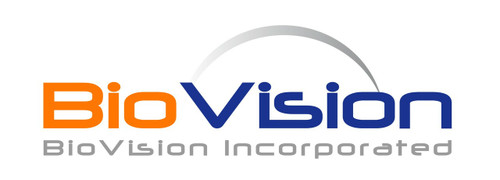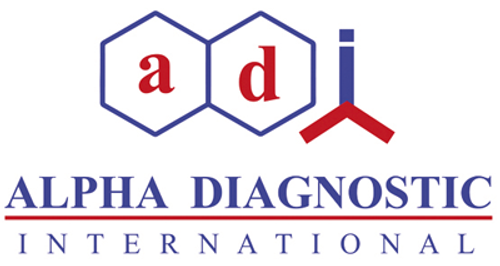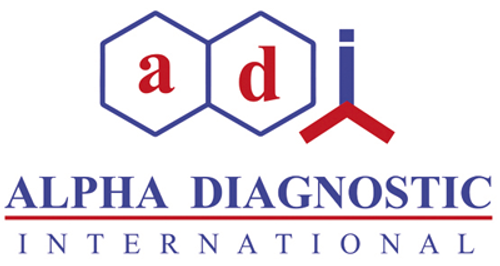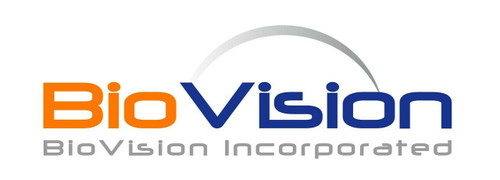Product Description
ApoE belongs to a group of proteins that bind reversibly with lipoprotein and play an important role in lipid metabolism. In addition to facilitating solublization of lipids, these proteins help to maintain the structural integrity of lipoproteins, serve as ligands for lipoprotein receptors, and regulate the activity of enzymes involved in lipid metabolism. Significant quantities of ApoE are produced in liver and brain and to some extent in almost every organ. ApoE is an important constituent of all plasma lipoproteins. Its interaction with specific ApoE receptor enables uptake of chylomicron remnants by liver cells, which is an essential step during normal lipid metabolism. ApoE exists in three major isoforms; E2, E3, and E4, which differ from one another by a single amino-acid substitution. E3 is the most common isoform and is present in 40-90% of the population. Recombinant human ApoE3 is a 34.0 kDa protein containing 299 amino acid residues.
Biovision | 4696 | ApoE3 human recombinant DataSheet
Biomolecule/Target: N/A
Synonyms: Apolipoprotein E3
Alternates names:
Taglines: Apolipoprotein essential for the normal catabolism of triglyceride-rich lipoprotein constituents
NCBI Gene ID #: 4192
NCBI Gene Symbol: MK
Gene Source: Human
Accession #: P21741
Recombinant: Yes
Source: E. coli
Purity by SDS-PAGEs: 98%
Assay: SDS-PAGE
Purity: 90%
Assay #2: HPLC
Endotoxin Level: <0.1 ng/g
Activity (Specifications/test method): N/A
Biological activity: Determined by its ability to chemoattract human neutrophils using a concentration of 0.1-10 ng/ml.
Results: N/A
Binding Capacity: N/A
Unit Definition: N/A
Molecular Weight: 13.4 kDa
Concentration: N/A
Appearance: Lyophilized protein
Physical form description: Sterile filtered and lyophilized from 20 mM Sodium Phosphate
Reconstitution Instructions: Reconstitute in HO to a concentration of 0.1-1.0 mg/ml. This solution can then be diluted into other aqueous buffers and stored at 4°C for 1 week or 20°C for future use.
Amino acid sequence: N/A
 Euro
Euro
 USD
USD
 British Pound
British Pound
 NULL
NULL








![Recombinant Human ApoE3 Protein [E. coli] Recombinant Human ApoE3 Protein [E. coli]](https://cdn11.bigcommerce.com/s-452hpg8iuh/images/stencil/500x659/products/670463/928306/logo__42078.1651665136__01895.1651683807.jpg?c=2)



